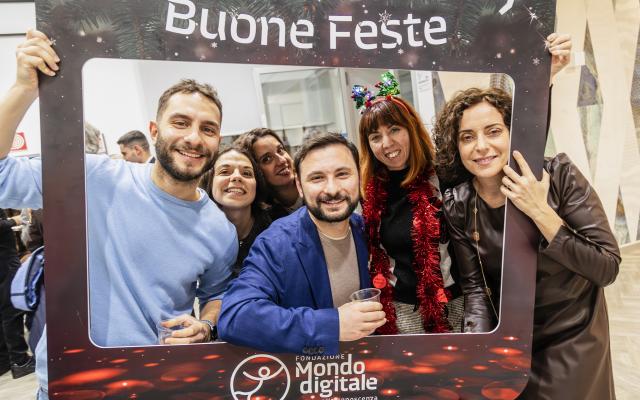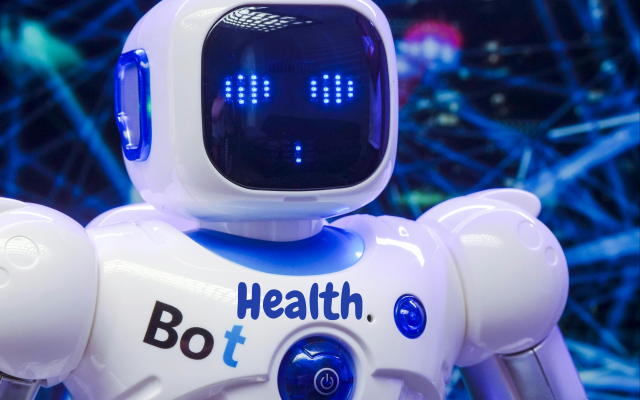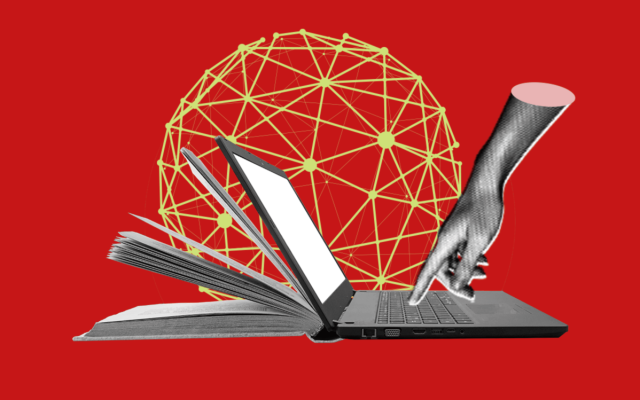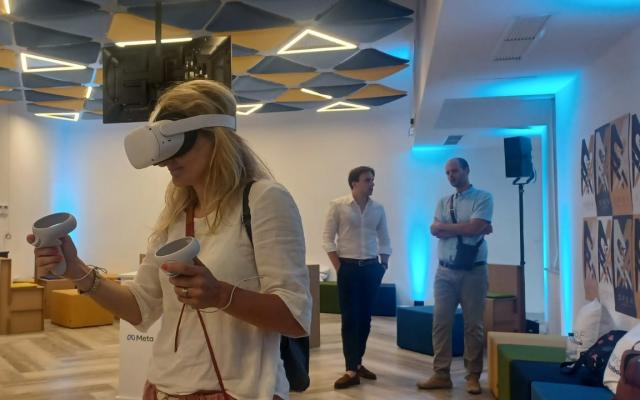An original monitoring experience for cycle lanes in Turin.
An interesting experience made possible by Meta’s “Headset Donation Programme,” which provides Meta Quest 2 visors on loan for use to Italian schools and institutions, is Project OpenAVO, developed by Class 4ª C Info at the Amedeo Avogadro in Turin, to monitor the Biciplan 6 cycle lanes as part of the “A Scuola di Opencoesione” Call.
Based on a PCTO course activity, the students were asked to write a story about the monitoring of cycle lanes in Turin, as part of the city’s “BiciPlan Città” cycling plan. During the course, the students were able to apply IT skills (open data, data analysis, statistics, and infographics), as well as urban planning, civil engineering, marketing, and communications, to sustainable urban mobility challenges and identify cycling as an efficient solution to reduce environmental impact and improve quality of life in urban areas. The project developed by Class 4ª C Info received an award from the Italian Senate and will be participating in the PCTO Stories challenge promoted by Unioncamere.
A part of the project was developed in the metaverse, as explained by Enea Tramontana, a seventeen-year-old student in his fourth year at the Avogadro School, to Onelia Onorati. And following a request by IT Professor Alfonso Carlone, the student exploited the opportunity to test Meta Quest 2 visors.
“My interest for augmented reality began in primary school. And I was very curious by the first oculus visors used by influencers on YouTube. Then, thanks to the Fondazione Mondo Digitale and help from my professor, as well as Prof. Maria Grazia Buscemi, I was able to study the metaverse up close. Combining my interest in IT and the object coding I learned at school, I transferred the OpenAVO Project into the metaverse.”
How did this take place? Enea points out that “It all began with the PCTO course on civil monitoring at school in which my class played a special role. We created a narrative project entitled OpenAVO comparing EU funding provided to the city of Turin for cycle lanes with the cycle lanes that had been effectively constructed. Thanks to the Opencohesion website, we monitored how the funds were used and then had to transform our analyses into an easily understandable language: for example, by using infographics.”
It was a great challenge for everyone. “We had to learn how to produce detailed storytelling based on objective information, using the data correctly (csv files, interpreting data on pollution) and experiment with social media management. Everything was supervised by Prof. Carlone and our project tutor, Alba Garavet from Euro Direct.” It was a real-world experience that also involved managing human relations following work strategies typical of more complex organisations. “There were very intense moments between us. The Agile Technique allowed us to attribute roles to student pairs that were supervised by a project manager and overseen by a professor.”
The final product, the six-minute video report documenting the project and how the funds have been used, provided a connection with the city administration. “We pointed out that not all used funds had been correctly accounted for, as well as a few critical issues concerning the cycle lanes. Some were in non-porous asphalt, others were too exposed to sunlight, and some cycle lanes shared space with normal roads.”
And the shift to the metaverse? “I thought it was a nice idea to create an experience that could inspire other students to learn about the project. With the help of Prof. Maria Grazia Buscemi, I attended a short training course provided by the Fondazione Mondo Digitale in which I learned about the basic technology. Then, I conducted experiments at home and shared my drafts with Prof. Carlone who provided his feedback. I learned to use Unity, a software for coding videogames, and developed a sort of 3D game, adding plug-ins to allow augmented reality,” Enea explains. “It was the first time that I dabbled with the metaverse, so the project took about 25 hours to complete, over four days, as I also had to understand how the environment worked and had to be developed.”
It's a challenge that may also provide inspiration for Enea’s future, who is currently in his last year of high school. “I now feel I have a solid foundation to tackle more complex projects and work with the Unity development platform.”
A future in a technical-scientific faculty? Who knows!




